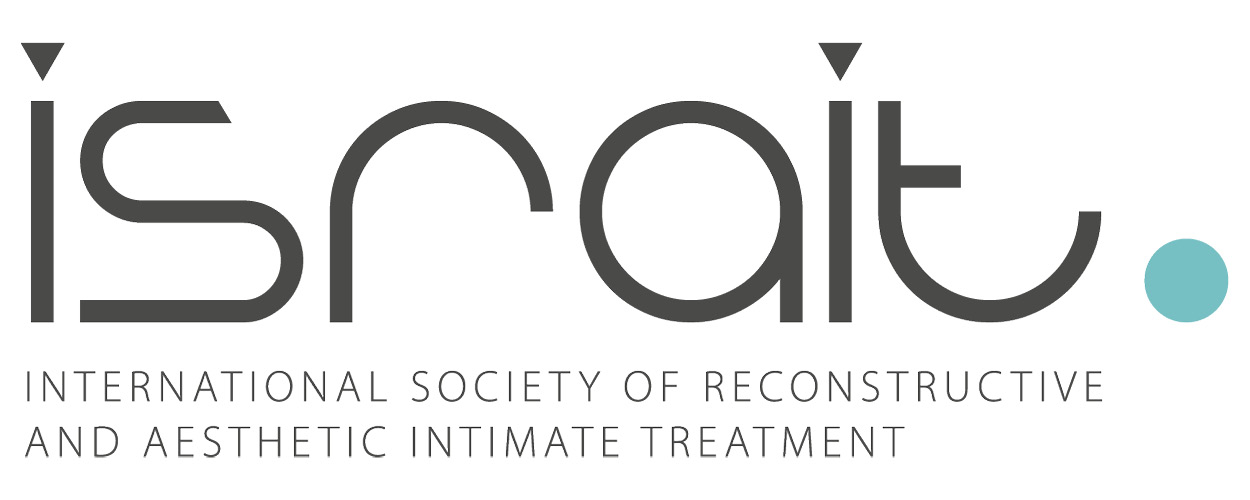VOLTAR
IMCAS World Congress 2022
IMCAS World Congress 2022
Programa
Adaptar ao meu fuso-horário a agenda da aula/congresso transmitida ao vivo
Fuso-horário de referência: (UTC+02:00) Europe, Paris
S161
Vaginal tightening: from classic to modern (in collaboration with ISRAIT)
Sala: Room 242 AB - Level 2
Data: domingo 5 junho 2022 de 08:30 às 10:00
Formato: FOCUS SESSION > lectures covering a major topic of the congress
Data: domingo 5 junho 2022 de 08:30 às 10:00
Formato: FOCUS SESSION > lectures covering a major topic of the congress
Apresentações desta sessão
| Horas | Palestrantes | Título da apresentação | Resumo | Número |
| 08:30 | Introitus and vaginal tightening: surgical procedures for vaginal laxity | 116328 | ||
| 08:42 | Anatomic vulvar reconstruction following FGM/C | Visualizar | 111488 | |
| 08:54 | Injectables in female genitalia for functional and cosmetic goals | Visualizar | 111489 | |
| 09:06 | Treatment of vaginal laxity & atrophy (unrestricted educational grant from Venus Concept) | 111487 | ||
| 09:18 | My preferred technique | 112652 | ||
| 09:23 | My preferred technique | 111490 | ||
| 09:28 | My preferred technique | 113299 | ||
| 09:33 | Q&A | 113850 | ||














